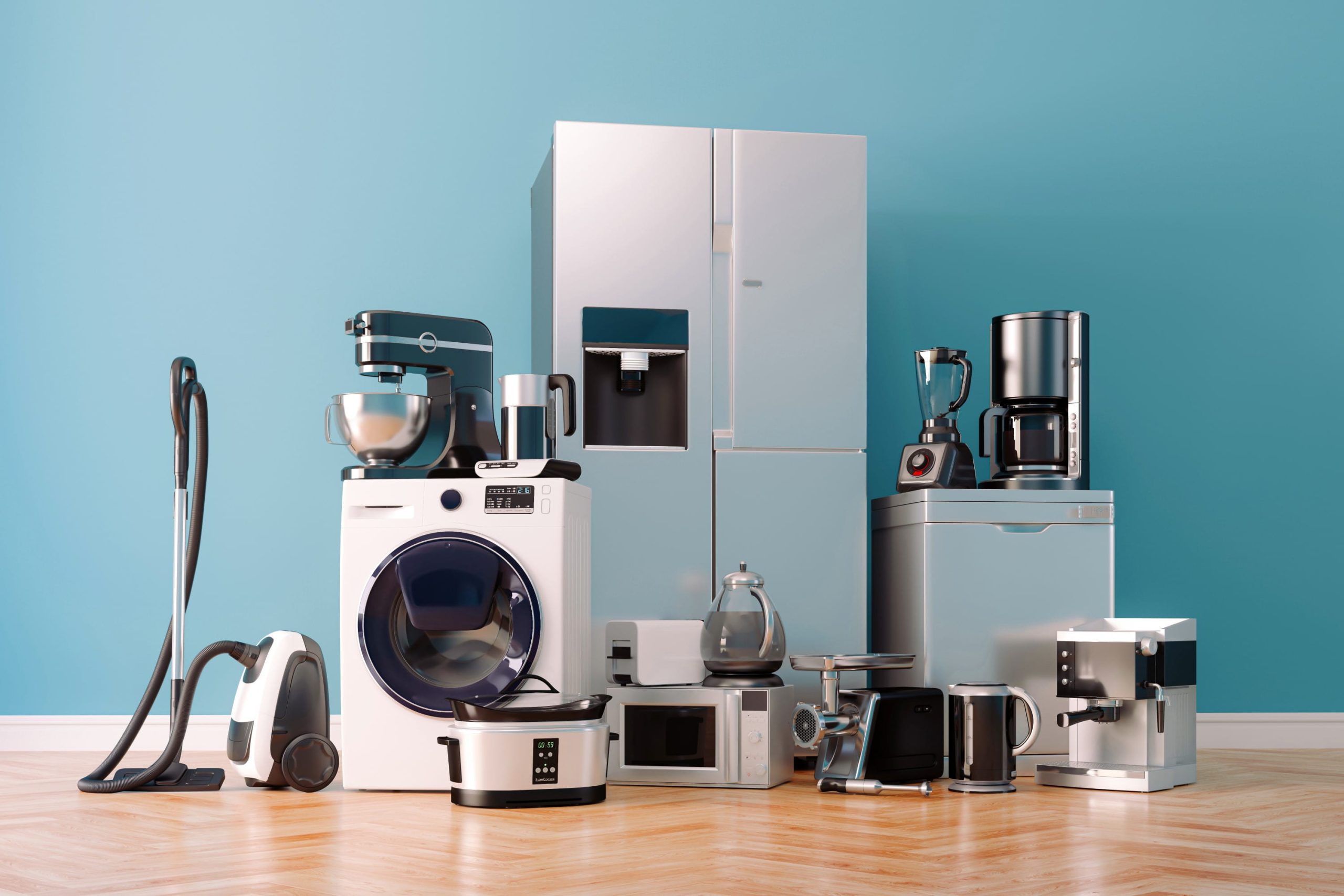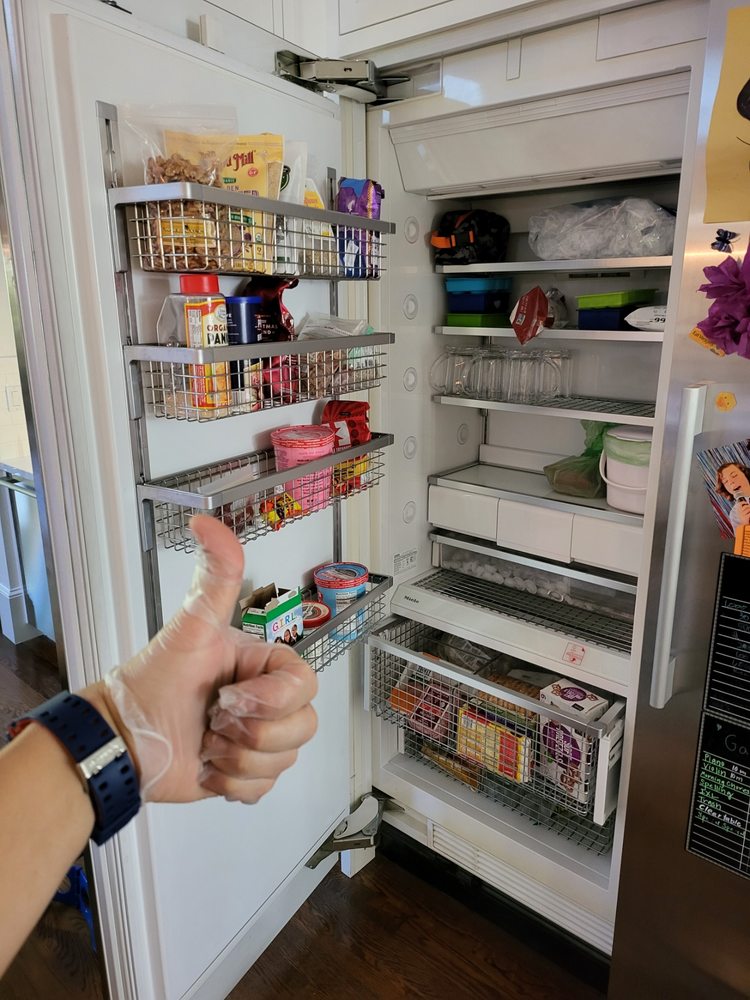A washing machine that won’t drain can be frustrating and inconvenient. If left unfixed, it can lead to water damage, mold growth, and even a broken washer. Fortunately, many drainage issues can be resolved without calling a professional. This guide will walk you through common causes and step-by-step solutions to get your washing machine working again.
Why Your Washing Machine Won’t Drain
Before diving into repairs, it’s essential to understand why your washing machine isn’t draining properly. Here are some of the most common reasons:
- Clogged Drain Hose – Lint, small clothing items, or debris can block the drain hose, preventing water from flowing out.
- Faulty Drain Pump – If the pump is clogged or broken, it won’t be able to move water out of the washer.
- Lid Switch Issues (for Top-Load Washers) – If the lid switch is faulty, the washer may not enter the drain/spin cycle.
- Blocked Pump Filter – Front-load washers have a filter that can get clogged with lint and debris.
- Kinked or Bent Hose – If the drain hose is bent or twisted, water won’t flow properly.
Step-by-Step Troubleshooting Guide
1. Check the Drain Hose for Clogs
- Unplug the washing machine and move it away from the wall.
- Locate the drain hose at the back of the washer.
- Detach the hose from the washer and drain outlet.
- Use a flashlight to check for blockages.
- Flush the hose with water or use a plumber’s snake to remove clogs.
- Reattach the hose securely and test the washer.
2. Inspect and Clean the Pump Filter
- Front-load washers usually have a pump filter near the bottom front panel.
- Open the access panel and place a towel under it to catch excess water.
- Unscrew the filter cap and remove debris, lint, or small objects.
- Rinse the filter and replace it securely.
3. Test the Drain Pump
- Listen for a humming noise during the drain cycle, which indicates the pump is trying to work.
- If there’s no noise, the pump motor may be defective and need replacement.
- If the pump is clogged with debris, clean it thoroughly.
4. Examine the Lid Switch (For Top-Load Washers)
- If your washer doesn’t spin or drain, the lid switch may be faulty.
- Open and close the lid while listening for a clicking sound.
- If there’s no click, the lid switch may need to be replaced.
5. Run a Diagnostic Mode (For Modern Washers)
- Many modern washers have a diagnostic mode to detect issues.
- Check your user manual for instructions on how to run diagnostics.
- The washer will display error codes to indicate possible problems.
When to Call a Professional
If you’ve gone through the troubleshooting steps and your washing machine still won’t drain, it may be time to call a professional. Consider hiring an appliance repair technician if:
- The drain pump needs to be replaced.
- There’s a major electrical or mechanical failure.
- You suspect a broken control board.
A washing machine that won’t drain doesn’t always mean an expensive repair bill. By following these DIY troubleshooting steps, you can often fix the issue yourself. Regular maintenance, such as cleaning the drain filter and checking hoses, can also prevent future drainage problems. However, if the problem persists, don’t hesitate to seek professional help to avoid further damage.
By taking action early, you’ll save time, money, and frustration while keeping your washing machine in top shape!



